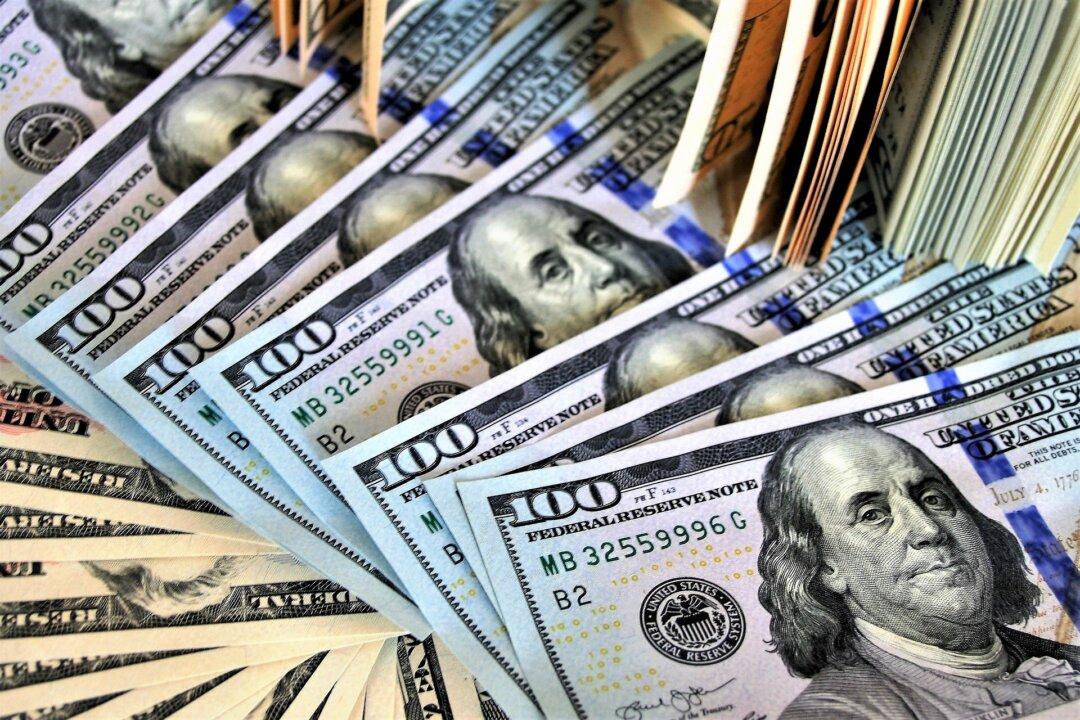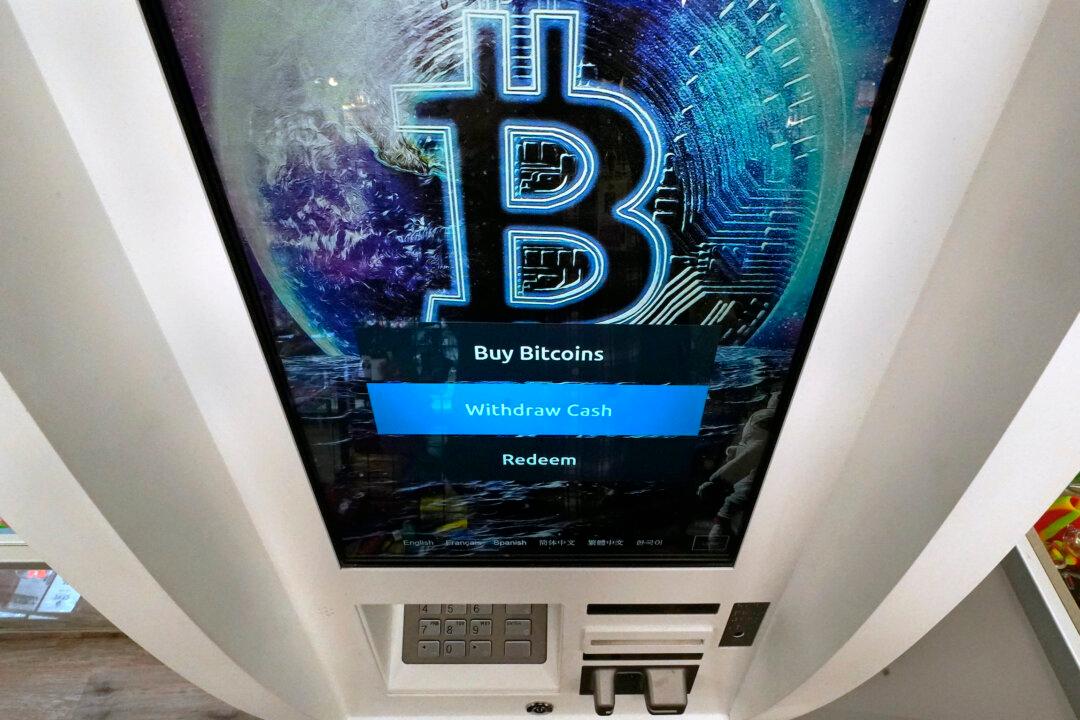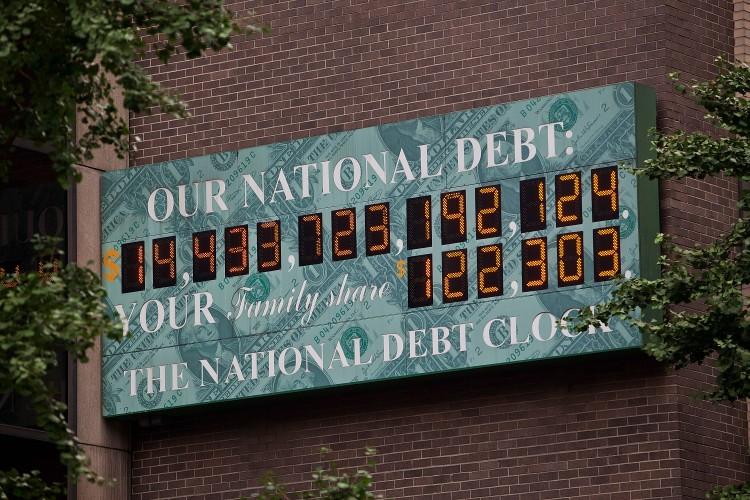Commentary
In February, the United States recorded the fastest inflation print, 7.9 percent, since January 1982. In January 1982, the federal funds rate was 13.2 percent (on average). On March 16, the Federal Reserve raised the federal funds rate to a range of 0.25–0.50 percent. It’s a joke, really.





